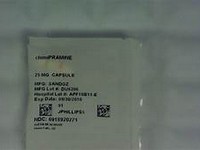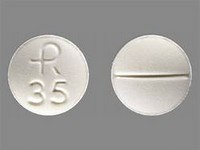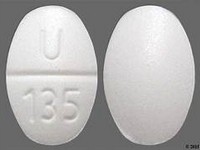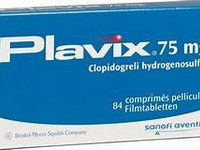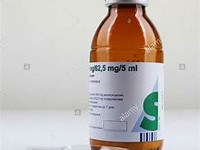Albendazole

Albendazole
CLINICAL USE
Treatment of
Echinococcus granulosus
(hydatid disease), in combination with
surgery
Treatment of nematode infections
DOSE IN NORMAL RENAL FUNCTION
Echinococcus granulosus:
>60 kg: 400 mg twice daily for 28 days
<60 kg: 15 mg/kg in 2 divided doses to a
maximum of 800 mg daily
Treatment of nematode infections: 400 mg as
a single dose
PHARMACOKINETICS
Molecular weight :
265.3
%Protein binding :
70
%Excreted unchanged in urine :
<1
Volume of distribution (L/kg) :
No data
half-life – normal/ESRD (hrs) :
8–12 (metabolite)/
Probably unchanged
DOSE IN RENAL IMPAIRMENT
GFR (mL/MIN)
20 to 50 : Dose as in normal renal function
10 to 20 : Dose as in normal renal function
<10 :
Dose as in normal renal function
DOSE IN PATIENTS UNDERGOING RENAL REPLACEMENT THERAPIES
CAPD :
Unlikely dialysability. Dose as in
normal renal function
HD :
Not dialysed. Dose as in normal renal function
HDF/high flux :
Unknown dialysability. Dose as in
normal renal function
CAV/VVHD :
Unlikely dialysability. Dose as in
normal renal function
IMPORTANT DRUG INTERACTIONS
Potentially hazardous interactions with other drugs
Dexamethasone: increased concentrations
of metabolite of albendazole
ADMINISTRATION
Reconstition
–
Route
Oral
Rate of Administration
–
Comments
–
OTHER INFORMATION
Available on a named patient basis from
IDIS (Zentel®)
Undergoes first pass metabolism
See how to identify renal failure stages according to GFR calculation
See how to diagnose irreversible renal disease
Home



